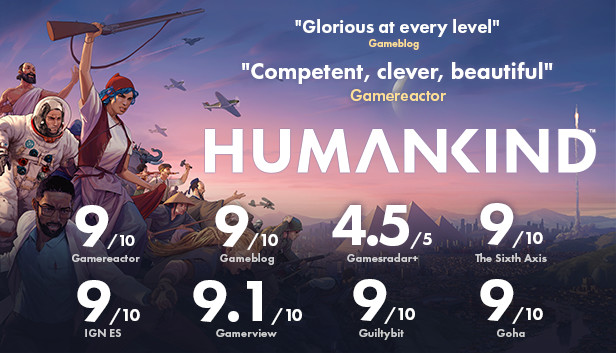This guide contains information regarding territory sizes, tile count and hard/soft caps on territories, for anyone interested in map making.
Introduction
This guide may become obsolete/outdated with future patches and fixes.
Size constraints of territories
My testing shows that these are the actual size ranges of territories:
Ocean minimum: 10 tiles.
Ocean max: 199 tiles.
Continent minimum: 10 tiles.
Continent max: 199 tiles.
As you can see, there is no difference between the territories based on type, and you can vastly surpass the 50 tile constraint. Which is good, because that brings us to the next point.
Territories hardcap
There is a hardcap of the index at 255 — 256 index ids in total, as we are counting the initial ocean as index 0. When you surpass 255 territories, the editor throws index errors (visible in the diagnostics report), because you’ve gone over the hard limit. So that’s the hardcap, which means that we can currently never have more than 256 territories in total (counting the initial ocean as 0).
It appears that the map editor loads the territories and assigns them an index id sequentially, so it starts by giving the first territory in the array index 0, the second territory gets index 1, and thus we continue X=n+1 until X=255. So what happens when you go over the hardcap? All kinds of wonky behavior. To start with, it appears that the counter restarts at some point and starts assigning index ids to territories again.
So while territory Xmax has been assigned an index id of 255, territory Xmax+1 can get index 1 again. Or index 200. Or something else that is in the interval 0-255. I haven’t been able to ascertain by what logic it assigns the “extra” index ids.
So what happens when two territories share an index id? Fun things. Every change you make to territory X will also reflect in territory Y, where X=Y (as far as I can tell). If you change X to ocean/arctic, you also change Y to ocean/arctic and vice versa. This makes it impossible to set the individual territories’ properties.
So, avoid the hardcap — and thankfully, you can at least see the running index tally in the map editor by selecting a given territory with right-click. You may have to restart the editor it if you’ve removed or reassigned territories in order to reapply the indexing after you’ve gone below the hardcap, in order to
see the actual index ids.
Territories softcap
Some math:
A Huge map is 89 x 150 tiles, which equals to 13 350 tiles total.
At 50 tiles per territory, that’s 50 x 236, which equals to 11 800, which doesn’t cover a Huge map -> 50 tiles per territory is a pipe dream.
At 57 tiles per territory you get 13 452 tiles and can cover the entire map. With a grid. No fun, no nachos.
Conclusions
Further investigation
Under the territories menu/create new territory option, the map editor says that there “should be” a unique and continuous territory along the north and south pole. It is entirely unclear if this means that there is a north/south pole ADDED, which could explain where the 19 territory difference between the hardcap and the softcap goes, or if you have to CREATE those unique and continuous territories. Given that the “circumference” of a Huge map is 150 tiles, this means one single-tile band across the map in the north and south.
The validation doesn’t throw any warnings whether you have the band or not. It also doesn’t seem to make any difference if you have the band assigned as a continent or not (but you’d lose two continent “slots” if you do). This needs further testing, and may cause issues with maps if you try to load them into the game.
OTHER MAP SIZES?
I’ve only tested the maximum territory size on a Tiny map. I’ve only tested the behavior of hardcap/softcap on a Huge map. Further testing is needed for verifying if this is valid for all map types, or if there is variation.
PERFORMANCE?
I’ve sunk 25 hours into the map editor, banging my head against the territories, the tools and the logic, and I’ve only just figured everything above out. That means I haven’t tested what happens if you actually try to play a map with only 199 tile territories, or even what happens if you try to play a map that is over the softcap/hardcap. Presumably performance would be affected (or cause crashes), but it needs further testing, especially on lower end PCs, so we can make recommendations for the maps we create.
Thanks to Skaz for his great guide, all credit to his effort. you can also read the original guide from Steam Community. enjoy the game.
Related Posts:
- HUMANKIND™: Map Editor Guide (How to Edite Map)
- HUMANKIND™: Culture Tier List (Which Culture is the Best)

